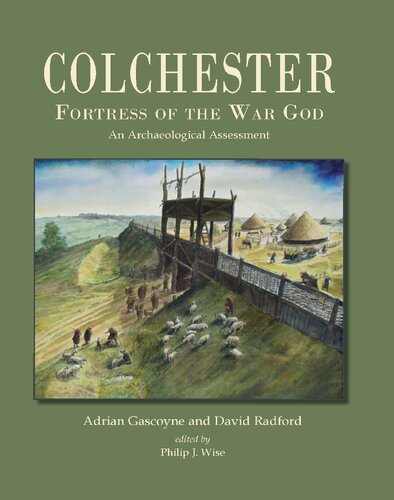Colchester
The Archaeology of Fortress Town
This volume is a critical assessment of the current state of archaeological knowledge of the settlement originally called Camulodunon and now known as Colchester. The town has been the subject of antiquarian interest since the late 16th century and the first modern archaeological excavations occurred in 1845 close to Colchester Castle, the towns most prominent historic site.
لغو
ذخیره و ثبت ترجمه


دیدگاه کاربران